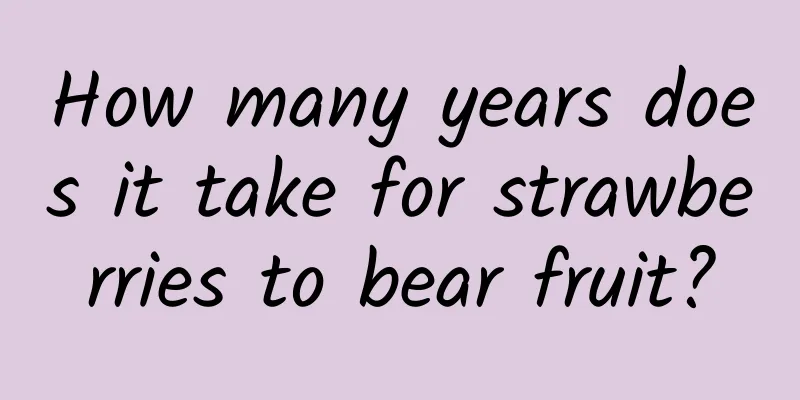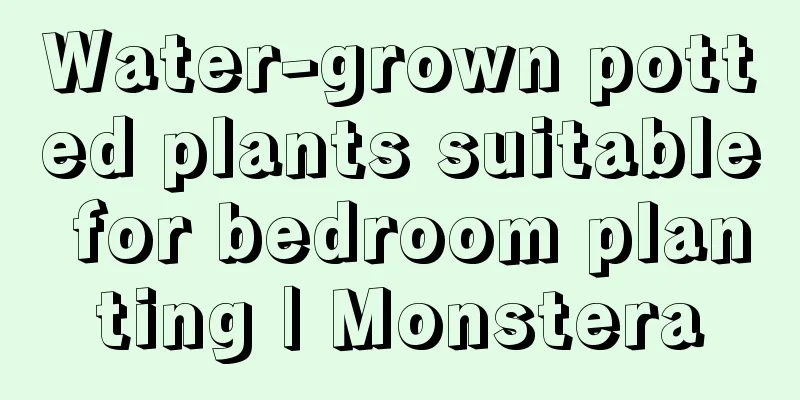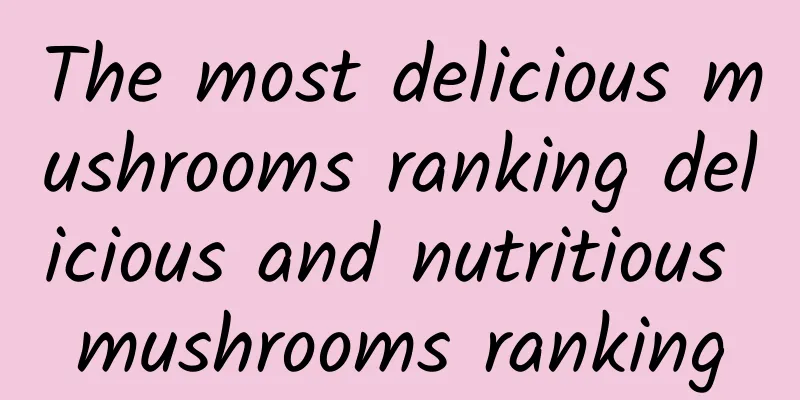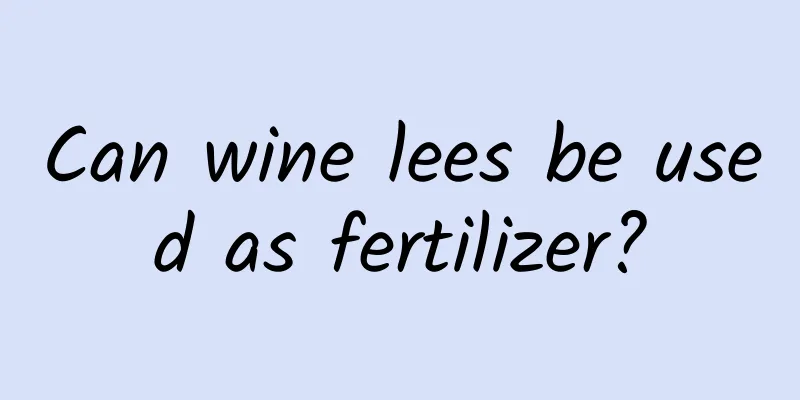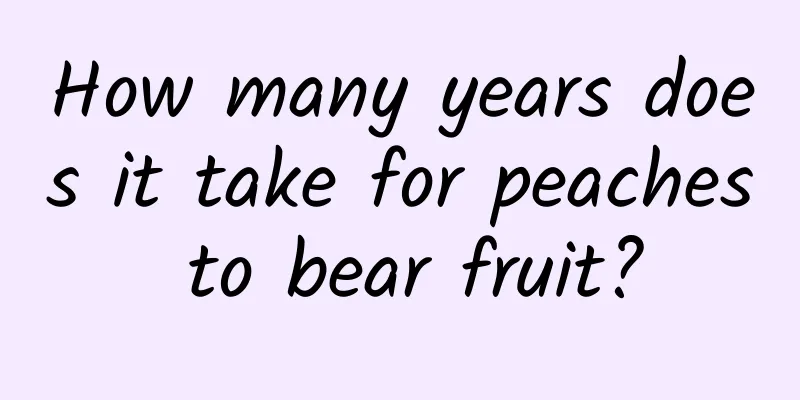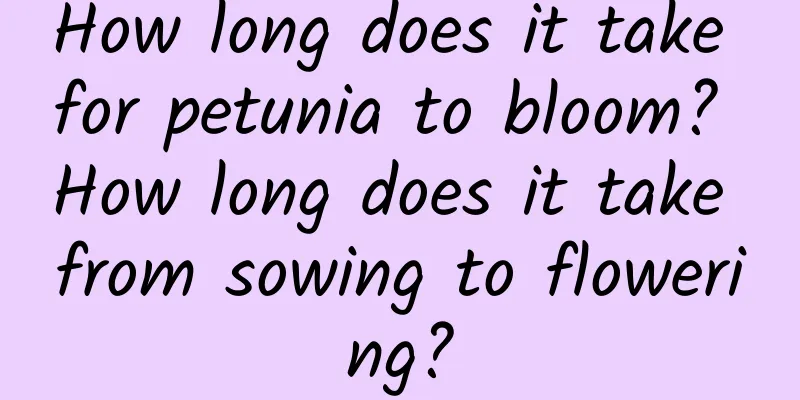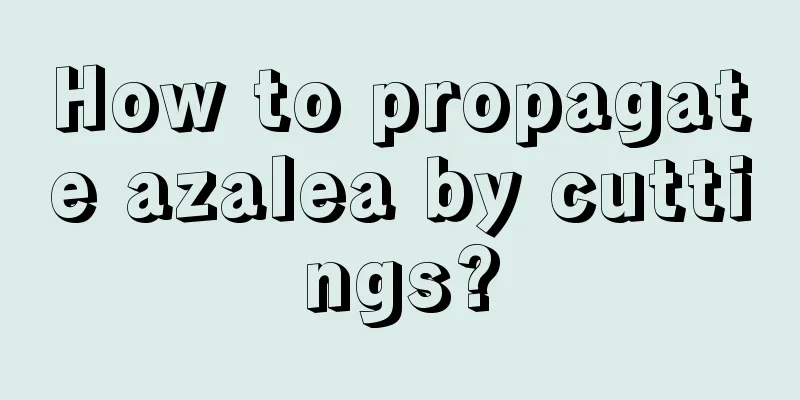How to use potassium dihydrogen phosphate to water flowers (watering and spraying methods and precautions)
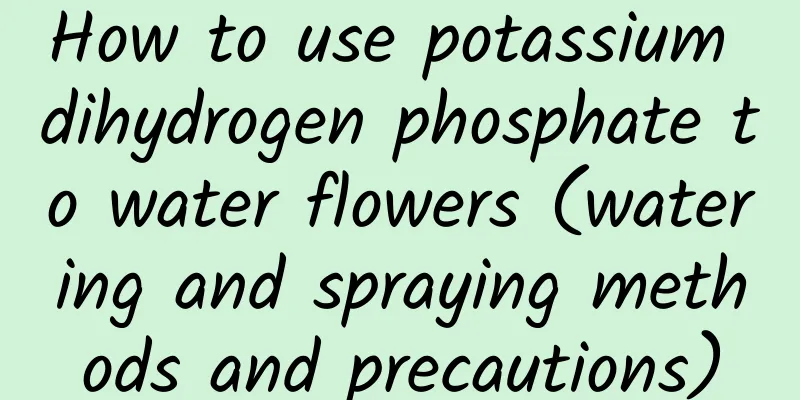
|
In fact, I don’t have any special tricks for growing flowers. I just follow the principle of not watering unless the flowers are dry, and watering thoroughly when I do. As for fertilization, we sell chemical fertilizers at home. Every spring and autumn, I just pinch a few fertilizer grains, use a stick to poke a few holes in the pot, and pour the water in. Pay attention to the prevention and control of pests and diseases such as red spider mites and aphids, and keep the soil loose. That's all. Although I fertilize flowers every year and sometimes dissolve chemical fertilizers in water to water flowers, I have never used potassium dihydrogen phosphate to water flowers. This is because: First, potassium dihydrogen phosphate is expensiveAuthentic potassium dihydrogen phosphate is relatively expensive. I generally don’t open a bag of potassium dihydrogen phosphate and add water to water the flowers. Spraying it not only saves dosage but also has high fertilizer efficiency. Isn't potassium dihydrogen phosphate a binary compound fertilizer containing phosphorus and potassium? The only difference is that potassium dihydrogen phosphate contains more phosphorus and potassium, more than three times that of ordinary compound fertilizers. The price is surprisingly high, and I am a little reluctant to give it up. There were scattered fertilizer grains and open fertilizer bags everywhere on the floor of the store. Why should I open the bags of potassium dihydrogen phosphate? Second, do not spray with waterPotassium dihydrogen phosphate is a water-soluble fertilizer and it dissolves quickly. Fertilizers that dissolve quickly are more easily fixed and have lower utilization rates. Phosphorus can cultivate strong seedlings, enhance the cold resistance of flowers, and promote early growth. However, phosphorus fertilizer is easily fixed in the soil. In addition, phosphorus has poor mobility and cannot be applied surface-wise. It must be concentrated near the roots of the plant to increase its chances of contact with the root system. Only in this way can the utilization rate of phosphate fertilizer be improved. Potassium fertilizer is not very mobile in the soil. If it is applied with water, most of the potassium fertilizer will remain on the soil surface, and the utilization rate is also very low. Excessive water in the potting soil will cause poor permeability, and the plant's ability to absorb potassium will be inhibited. Not only will potassium not be replenished, but it will also cause potassium deficiency. Therefore, potassium dihydrogen phosphate should generally not be applied without water, otherwise the fertilizer efficiency will be low and the utilization rate will not be high, which will not only cause waste but may also cause fertilizer damage, soil compaction and other adverse phenomena. How to use potassium dihydrogen phosphate correctly1. Soaking seedsPotassium dihydrogen phosphate can be used to soak seeds. For example, soaking flower seeds in 500 times potassium dihydrogen phosphate for about 20 hours, then taking them out and drying them before sowing can promote early germination, early emergence, early rooting, and the formation of strong seedlings. The fertilizer solution after soaking can still be used for foliar spraying or root irrigation. 2. Leaf sprayFoliar spraying is a common method of potassium dihydrogen phosphate, with a small amount and great effect. For example, spraying before and after the flowering period, in the middle and late stages of growth and development, has a huge effect on promoting flowering, promoting strong stems, luxuriant roots and branches, and improving cold resistance, drought resistance, disease and pest resistance, and stress resistance. 3. Root irrigationFor tuberous flowers such as lilies, golden fingers, and cyclamen, root irrigation with potassium dihydrogen phosphate with 300-500 times the phosphorus content can promote root and rhizome expansion and improve quality. 4. Seed dressingBefore sowing flower seeds, spray the seeds with 1%-2% potassium dihydrogen phosphate aqueous solution, let them dry a little before sowing, to increase the germination rate and cultivate strong seedlings. Potassium dihydrogen phosphate is generally not used as a basal fertilizer. One reason is that it is expensive. Second, although it has a certain effect as a basal fertilizer, it is often not as effective as seed soaking or spraying. Potassium dihydrogen phosphate is called a universal fertilizer. It can be used in any soil and various plants, such as food crops, cash crops, etc. It can also be used as a base material for other fertilizers. However, we should see clearly that counterfeit and inferior potassium dihydrogen phosphate products are everywhere in the world, and it is difficult to distinguish the true from the false. |
Recommend
How to Plant a Banana Tree
1. Planting method Use a tool to cut off the unde...
If you can grow one of these 12 kinds of flowers, your life will be worth it!
Ou Yue In the past two years, European roses have...
How to water white orchids
Tips before watering The roots of white jasmine a...
How to grow the succulent plant Thousand Rabbit Ears
soil Thousand Rabbit Ears likes loose, fertile, w...
What soil is suitable for growing blueberries?
Blueberry soil Blueberries prefer to grow in acid...
The role of zapota
The role of zapota Ornamental effect The appearan...
How to propagate plum blossoms
1. Seed propagation This method first requires se...
How to prune asparagus fern
1. Remove the top Because of the apical effect, t...
The difference between black wolfberry and red wolfberry, which one is better
1. Differences between the two 1. Different color...
Key points for cultivating cymbidium
Know Cymbidium orchids and choose the right pot T...
Winter Management in the City That Never Sleeps
Winter in the City That Never Sleeps: Light and T...
How to water the fragrant wood
How to water When watering, generally follow the ...
How to propagate saffron
Bulb propagation Ball time The growing season of ...
A dying flower can be revived immediately by using this trick
Death by drought If flowers and plants are not wa...
How to grow ice lantern jade dew
1. Lighting Ice Lantern Jade has high requirement...

